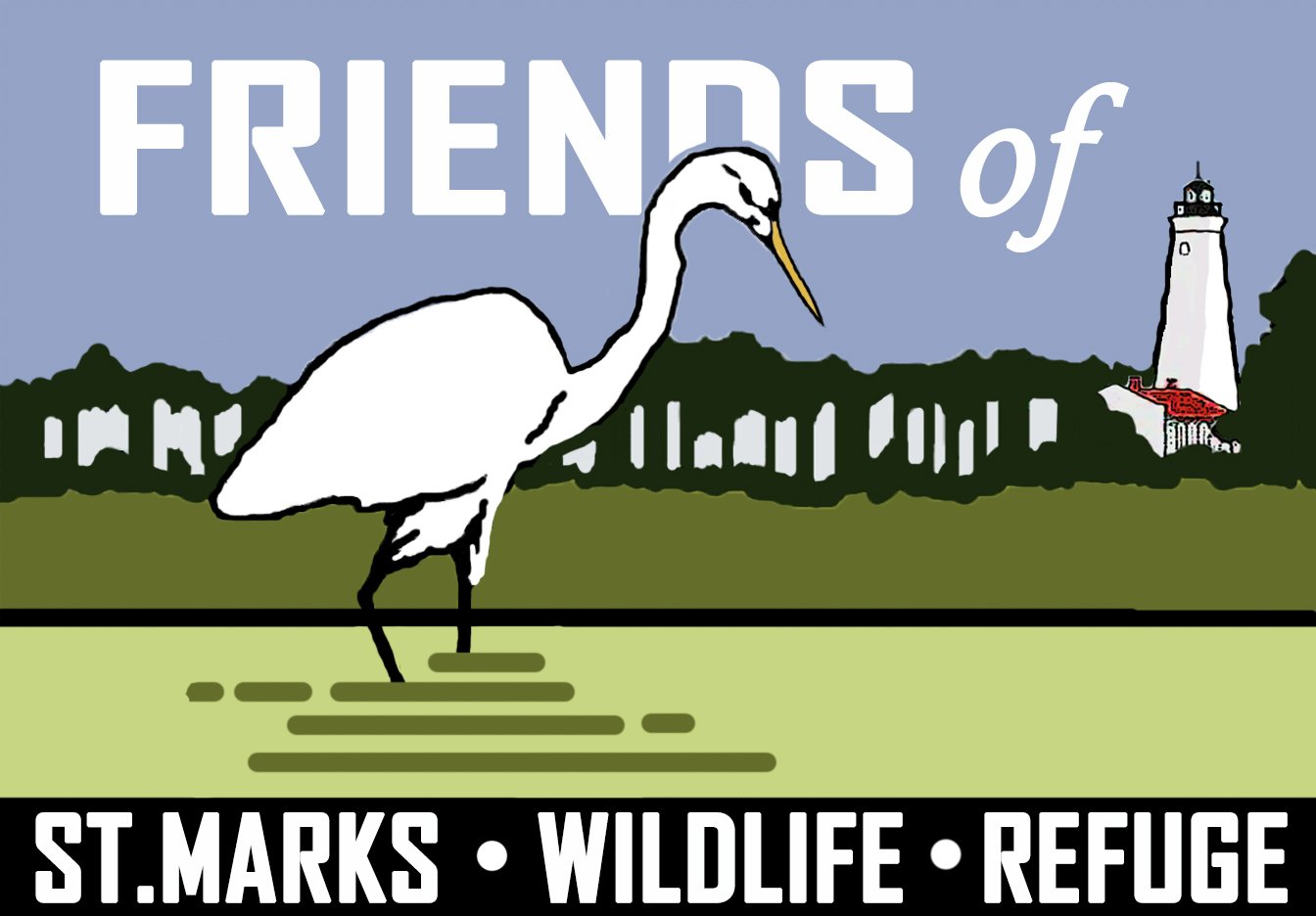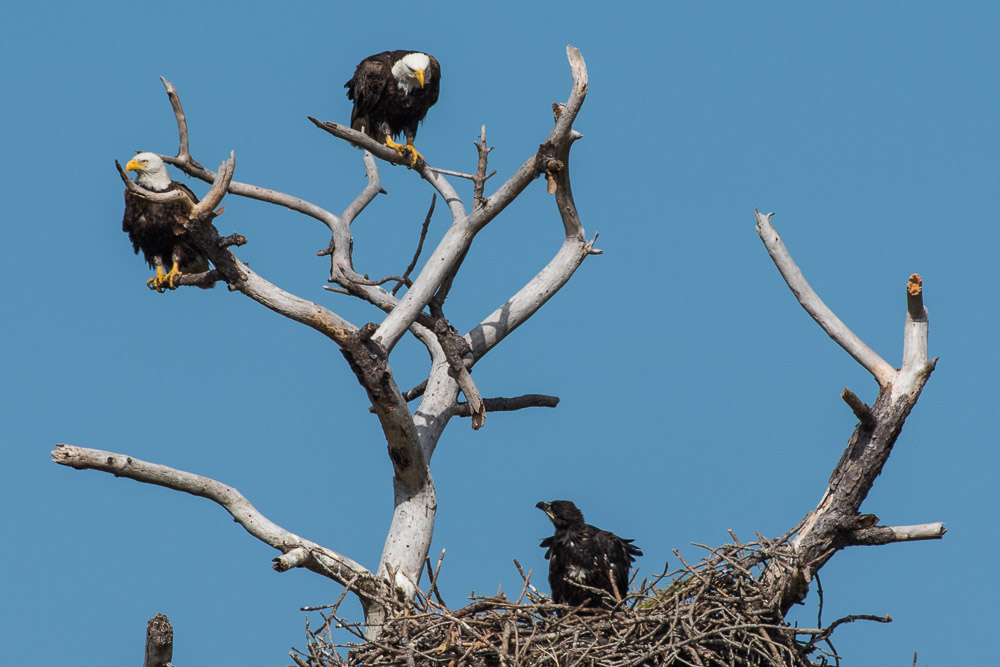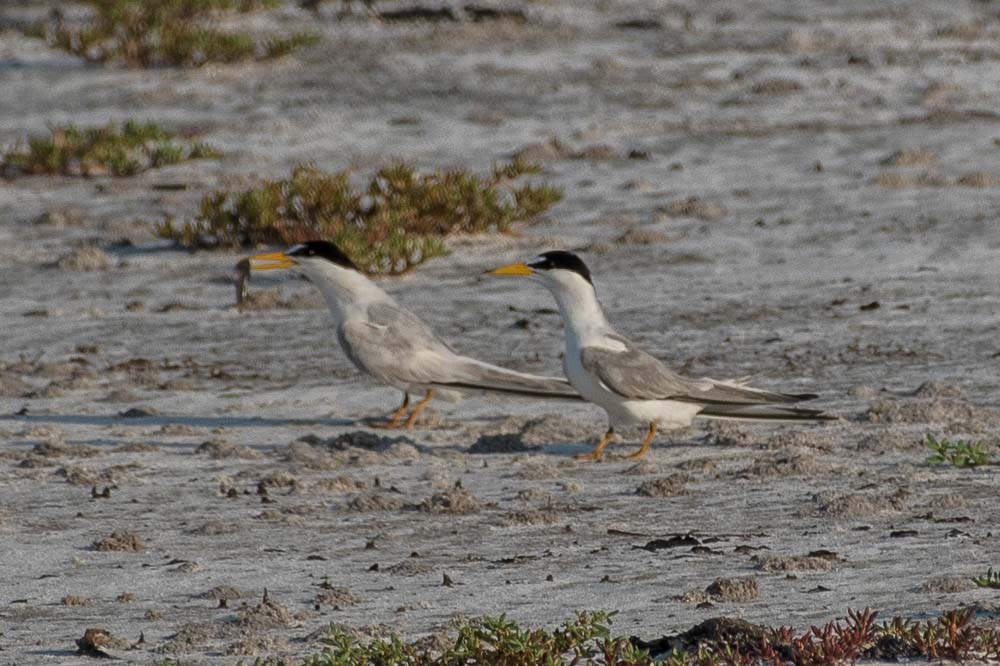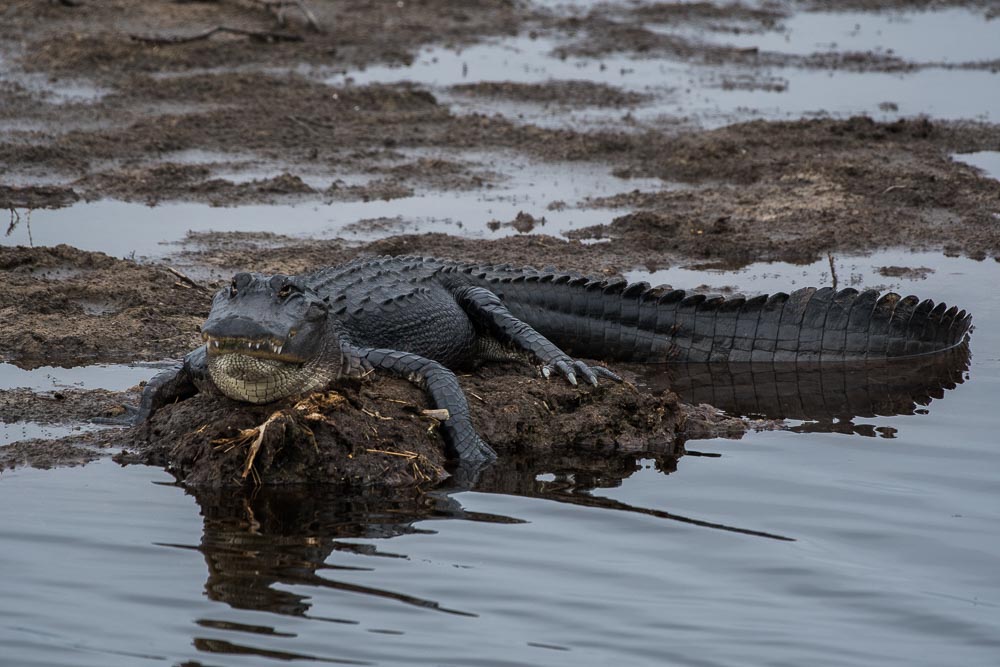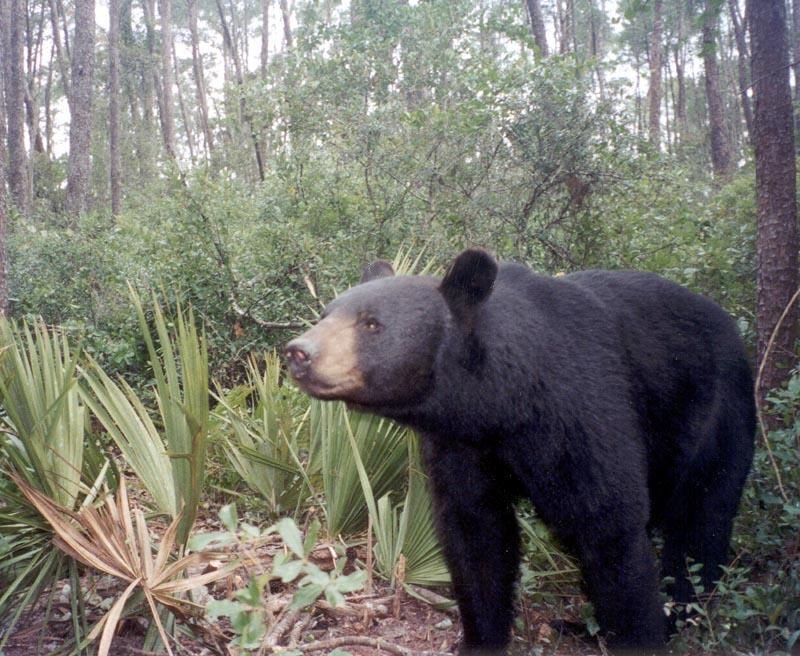Wildlife
Wildlife Comes First
As the name implies, the Refuge is a place where wildlife always takes priority over visitors. As noted below, the Refuge is a home for endangered and rare species, several of which nest and raise their young here. Biologists often close certain sections of hiking trails on the refuge during the breeding season to ensure that breeding activities are not interrupted. Always be respectful of wildlife and observe from a distance.
An Abundance of Wildlife
A list of 38 species of amphibians, 69 species of reptiles and 44 species of mammals have been compiled from observations, consultation with experts in respective fields, and literature research.
Some species are more common seasonally and some are nocturnal. Look for evidence such as tracks, burrows, grass tunnels and other signs of activity. Careful eyes and attentive ears can uncover numerous clues to the variety of wildlife present.
The Refuge is also an important sanctuary for birds. Over 250 species occur annually and the total number of species recorded here is over 350. Read more about birds and birding at the Refuge.
There is a daylight only policy in place at the Refuge. Also, night spotting of animals with artificial lights is prohibited.
A Refuge for Endangered Species
The St. Mark's NWR provides nesting habitat for these federal and state endangered and threatened birds:
The Southern Bald Eagle
Least Tern
Red-cockaded Woodpecker
Other endangered or rare species include
Frosted Flatwoods Salamander
Woodstork
Swallow-tailed Kite
Peregrine Falcon
American Alligator
Eastern Indigo Snake
Florida Black Bear
Visitors may also observe Loggerhead Sea Turtles and West Indian Manatees offshore from the lighthouse.
Many state-listed threatened and endangered plants are also found on the Refuge.
